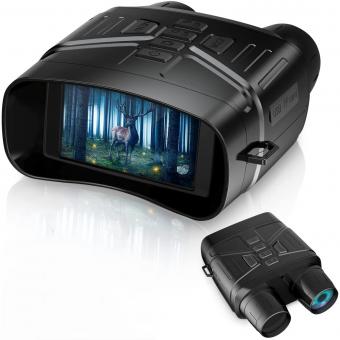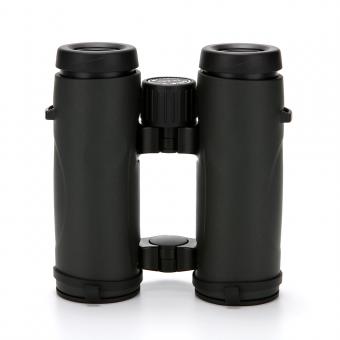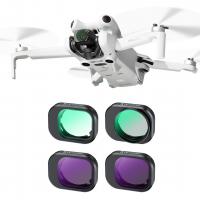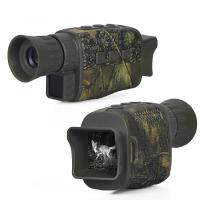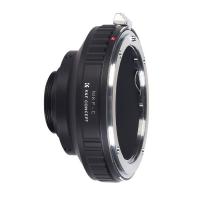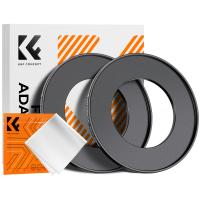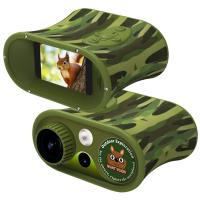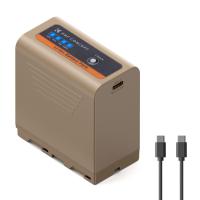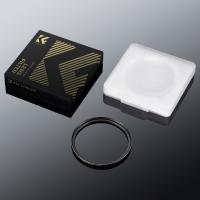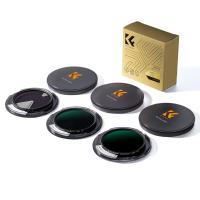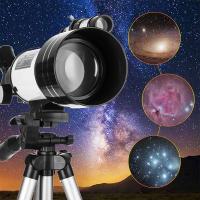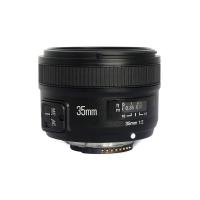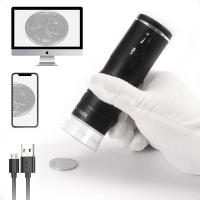What Are The Best Binoculars For Stargazing ?
The best binoculars for stargazing are those with a large objective lens diameter (at least 50mm) and high magnification (at least 10x). Some popular models include the Celestron SkyMaster 25x70, Orion Scenix 10x50, and Nikon Aculon A211 10-22x50. It is also important to consider the weight and size of the binoculars, as well as their durability and ease of use. Additionally, it is recommended to use a tripod or other stabilizing device to reduce hand shake and improve image stability.
1、 Aperture size
"What are the best binoculars for stargazing?" The answer to this question is not straightforward as it depends on various factors such as budget, personal preferences, and the intended use of the binoculars. However, one of the most important factors to consider when choosing binoculars for stargazing is the aperture size.
Aperture size refers to the diameter of the objective lens, which is the lens at the front of the binoculars that gathers light. The larger the aperture size, the more light the binoculars can gather, resulting in brighter and clearer images. For stargazing, it is recommended to choose binoculars with an aperture size of at least 50mm.
In recent years, there has been a trend towards using binoculars with larger aperture sizes, such as 70mm or even 80mm. These larger aperture sizes provide even brighter and clearer images, making them ideal for stargazing in dark skies.
However, it is important to note that larger aperture sizes also mean larger and heavier binoculars, which may not be suitable for all users. Additionally, larger aperture sizes often come with a higher price tag.
In conclusion, when choosing binoculars for stargazing, it is important to consider the aperture size as it plays a crucial role in the quality of the images. While larger aperture sizes provide brighter and clearer images, they may not be suitable for all users due to their size and cost.
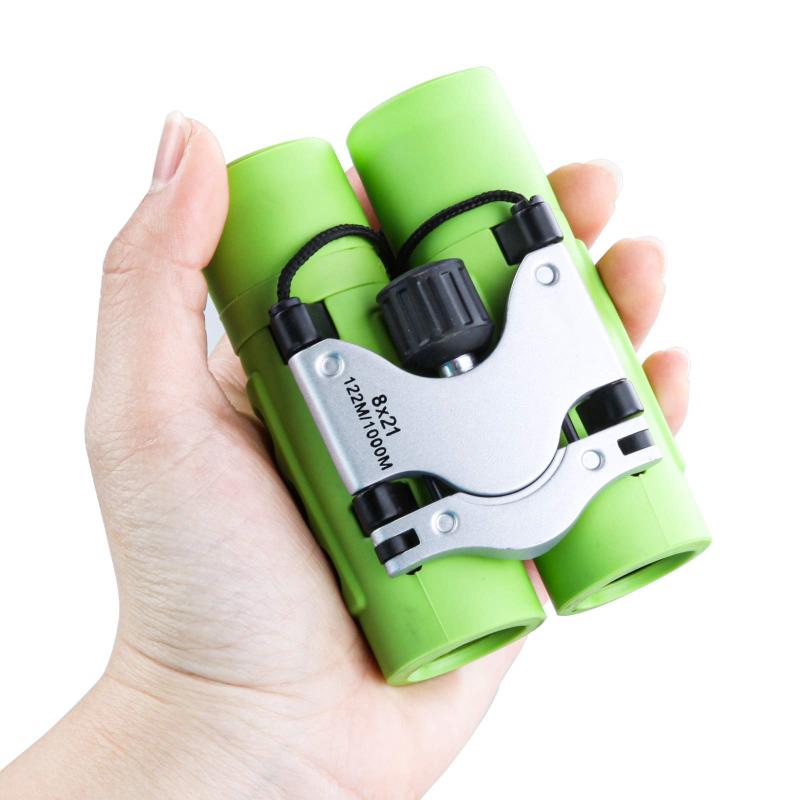
2、 Magnification power
What are the best binoculars for stargazing? Magnification power is one of the most important factors to consider when choosing binoculars for stargazing. Generally, a magnification power of 7x to 10x is recommended for stargazing, as higher magnification can make it difficult to keep the image steady and can reduce the field of view.
However, the latest point of view suggests that a magnification power of 12x to 15x can also be suitable for stargazing, as long as the binoculars have a large objective lens diameter (at least 50mm) and are mounted on a stable tripod. This allows for a brighter and clearer image, and the tripod helps to keep the image steady.
Other factors to consider when choosing binoculars for stargazing include the quality of the optics, the size and weight of the binoculars, and the field of view. Look for binoculars with high-quality lenses and coatings that minimize glare and improve contrast. Consider the size and weight of the binoculars, as larger and heavier models can be more difficult to use for extended periods of time. Finally, look for binoculars with a wide field of view, which allows you to see more of the night sky at once.
Some popular binoculars for stargazing include the Celestron SkyMaster 25x100, the Orion GiantView 25x100, and the Nikon Aculon A211 10-22x50. Ultimately, the best binoculars for stargazing will depend on your personal preferences and needs.

3、 Objective lens quality
"What are the best binoculars for stargazing?" The answer to this question is subjective and depends on personal preferences and budget. However, one of the most important factors to consider when choosing binoculars for stargazing is the objective lens quality.
The objective lens is the larger lens at the front of the binoculars that gathers light and forms the image. The larger the objective lens, the more light it can gather, resulting in a brighter and clearer image. For stargazing, it is recommended to choose binoculars with an objective lens size of at least 50mm.
Another important factor to consider is the magnification power. Higher magnification can make objects appear closer, but it also reduces the field of view and can make the image shakier. For stargazing, it is recommended to choose binoculars with a magnification power of 7x to 10x.
In addition to objective lens quality and magnification power, other factors to consider include the quality of the prism system, the weight and size of the binoculars, and the durability of the construction.
The latest point of view is that advancements in technology have led to the development of binoculars with improved coatings on the lenses, resulting in better light transmission and image quality. Additionally, some binoculars now come with image stabilization technology, which reduces shakiness and makes it easier to observe objects for extended periods of time.
Overall, when choosing binoculars for stargazing, it is important to prioritize objective lens quality and consider other factors such as magnification power, prism system, weight and size, and durability.
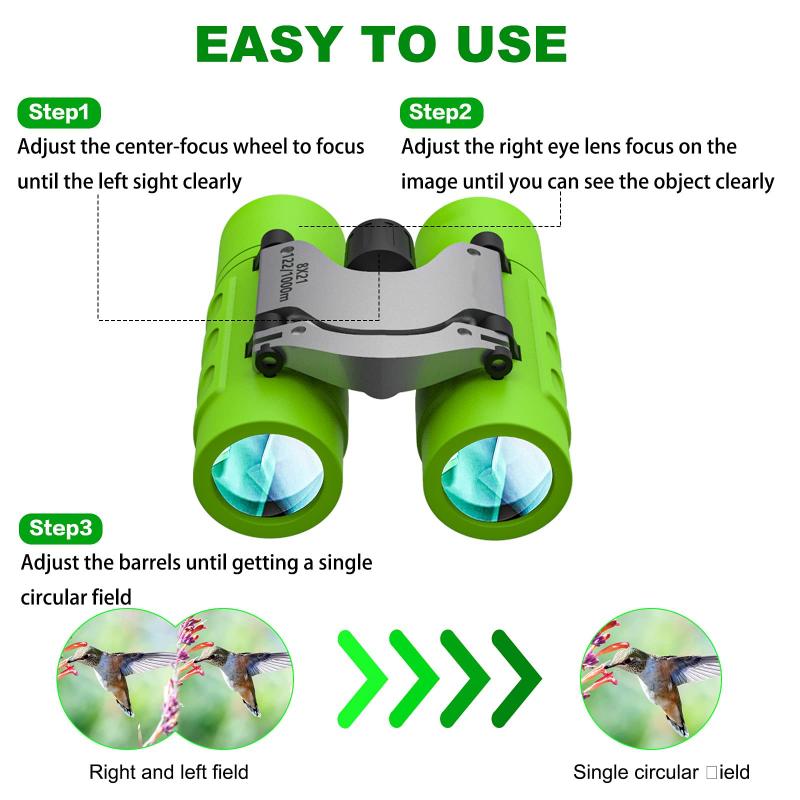
4、 Coating and prism type
"What are the best binoculars for stargazing?" is a common question among astronomy enthusiasts. The answer to this question depends on several factors, including the coating and prism type of the binoculars.
Coating is an essential factor to consider when choosing binoculars for stargazing. The coating on the lenses helps to reduce glare and improve image clarity. The best binoculars for stargazing have fully multi-coated lenses, which means that all air-to-glass surfaces have multiple layers of anti-reflective coatings. This type of coating ensures that the binoculars provide a bright and clear image, even in low-light conditions.
Prism type is another crucial factor to consider when choosing binoculars for stargazing. The two most common types of prisms used in binoculars are Porro and Roof prisms. Porro prisms are bulkier and provide a wider field of view, making them ideal for stargazing. Roof prisms, on the other hand, are more compact and provide a straight-through viewing experience. However, they are not as suitable for stargazing as Porro prisms.
In recent years, there has been a growing trend towards using binoculars with larger objective lenses for stargazing. Binoculars with larger objective lenses provide a brighter and clearer image, making them ideal for stargazing. However, they are also bulkier and heavier, which can make them challenging to use for extended periods.
In conclusion, the best binoculars for stargazing have fully multi-coated lenses and Porro prisms. However, the latest trend towards using binoculars with larger objective lenses is also worth considering. Ultimately, the best binoculars for stargazing will depend on your personal preferences and needs.















